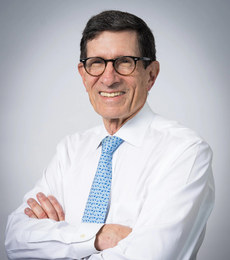Mitigating the Risk of Runs on Uninsured Deposits: the Minimum Balance at Risk.

By Richard Berner, Marco Cipriani, Michael Holscher, Patrick McCabe, and Antoine Martin
The incentives that drive bank runs have been well understood since the seminal work of Nobel laureates Douglas Diamond and Philip Dybvig (1983). When a bank is suspected to be insolvent, early withdrawers can get the full value of their deposits. If and when the bank runs out of funds, however, the bank cannot pay remaining depositors. As a result, all depositors have an incentive to run. The failures of Silicon Valley Bank and Signature Bank remind us that these incentives are still present for uninsured depositors, that is, those whose bank deposits are larger than deposit insurance limits. In this post, we discuss a policy proposal to reduce uninsured depositors’ incentives to run.
Several of us developed the minimum balance at risk (MBR) in 2012 as a response to the systemic risk represented by money market funds (MMFs). The incentives of MMF investors to redeem when a fund is in trouble are very similar to those of uninsured depositors, especially when MMFs operate with a constant net asset value (that is, the value of their shares is rounded to a fixed amount, like a dollar). Early redeemers from MMFs, like early withdrawers from banks, get the benefit of preserving both the liquidity and the principal of their investments. The goal of the MBR is to create a tradeoff between the liquidity of these investments and their risk: investors who withdraw to preserve liquidity do so at the cost of greater risk to their principal; this tradeoff mitigates the incentives to run.
The basic mechanics of the MBR applied to MMFs are described in this Liberty Street Economics post. A similar mechanism could be applied to uninsured depositors: a small fraction of each depositor’s uninsured deposit, which we call the minimum balance at risk, would be available for withdrawal only with a delay. For instance, the MBR could be 5 percent of a depositor’s maximum uninsured deposit balance over the previous thirty days (the size of the MBR parameters in this post is purely illustrative). If a depositor has been holding $1 million of uninsured deposits for the past thirty days, she would be able to withdraw all but $50,000 (5 percent) of her uninsured deposits immediately. The remaining $50,000 would only be available to her with a delay—say, forty-five days.
Read the full Liberty Street Economics article.
____
Richard Berner is Clinical Professor of Finance and Professor of Management Practice and Co-Director of The Volatility and Risk Institute.
